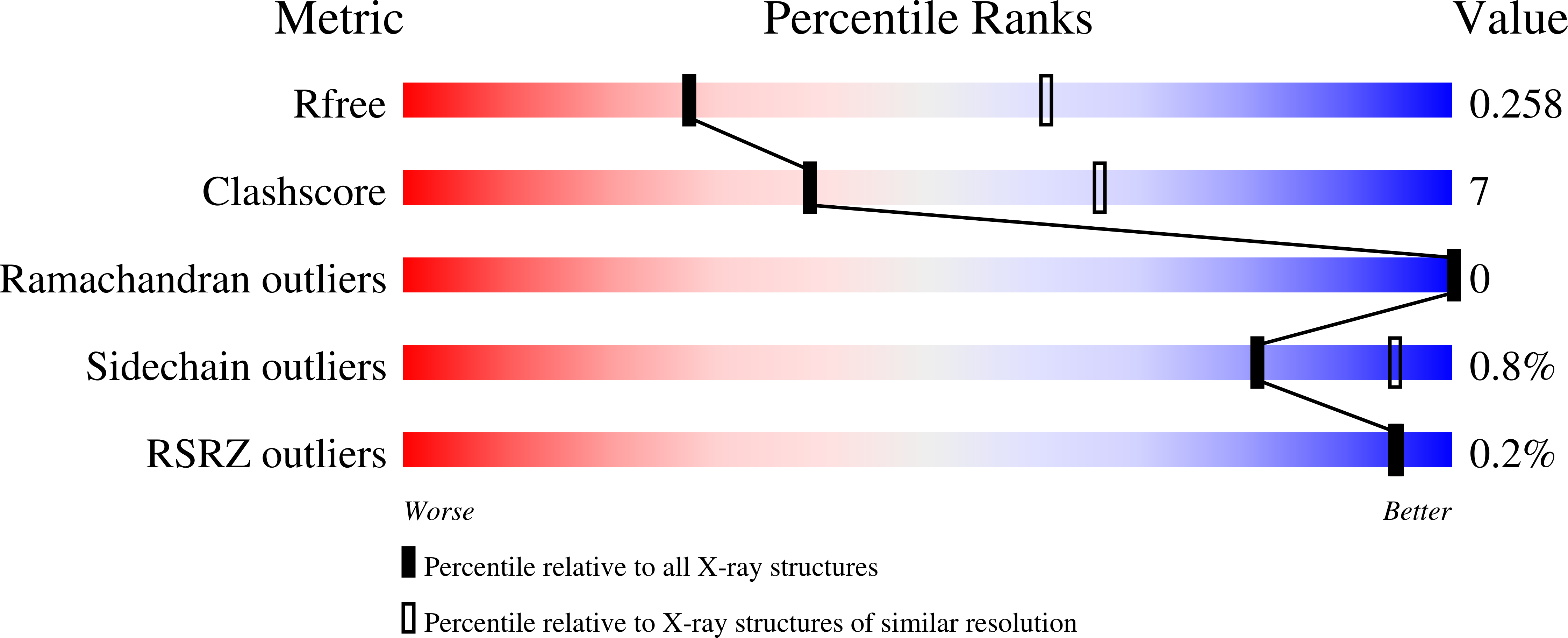
Deposition Date
2021-08-02
Release Date
2021-11-17
Last Version Date
2024-01-31
Entry Detail
PDB ID:
7PBK
Keywords:
Title:
Vibriophage phiVC8 family A DNA polymerase (DpoZ), two conformations: thumb-exo open and thumb-exo closed
Biological Source:
Source Organism:
Vibrio phage phiVC8 (Taxon ID: 1076759)
Host Organism:
Method Details:
Experimental Method:
Resolution:
2.80 Å
R-Value Free:
0.25
R-Value Work:
0.19
R-Value Observed:
0.19
Space Group:
P 21 21 2


